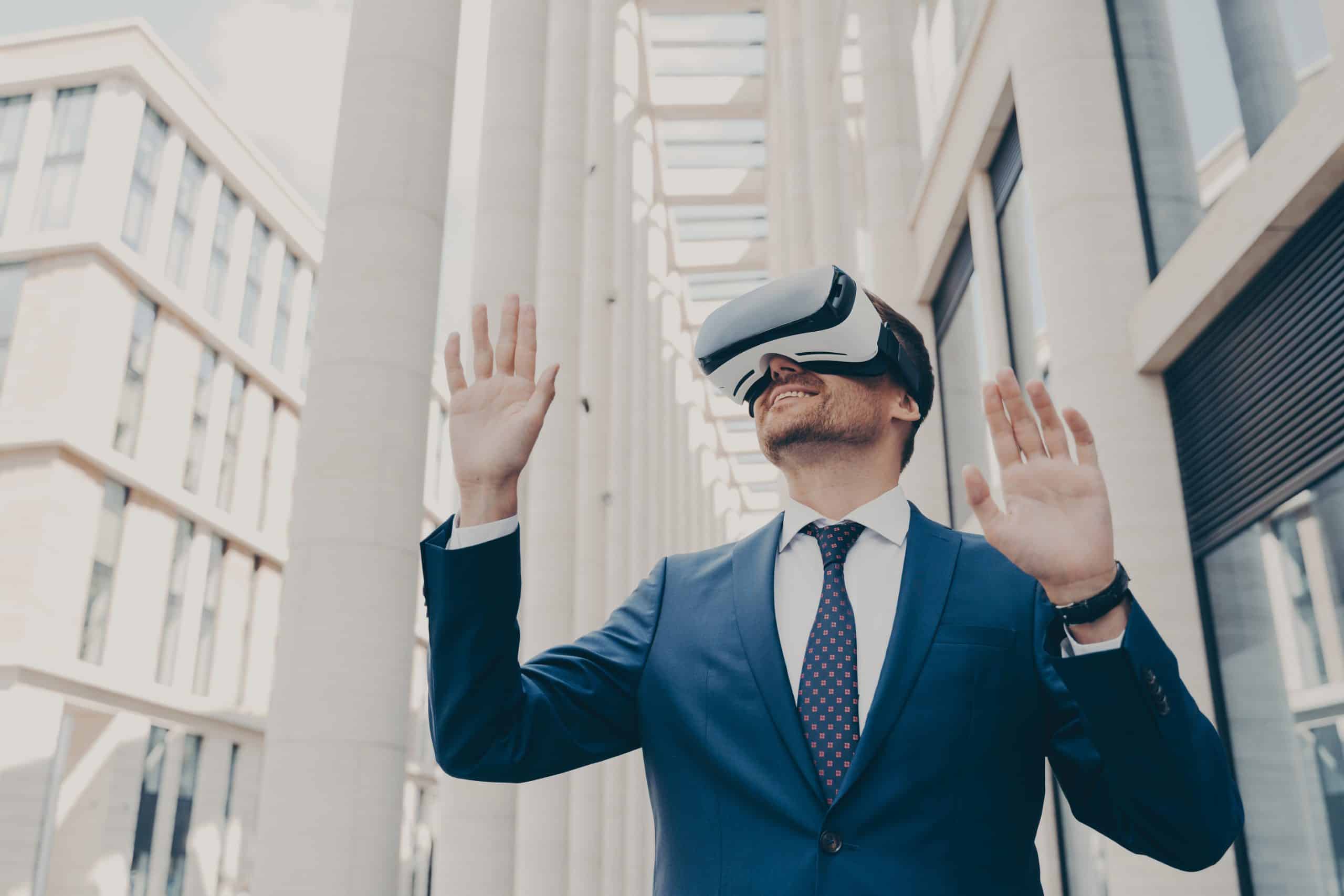The retail industry is undergoing a seismic shift, with the advent of digital technology ushering in a new era of shopping experiences. Within the health and beauty sector, the intersection of technology and personal care has created an opportunity for retailers to leverage the power of Augmented Reality (AR). For customers, the use of AR means a more immersive, personalised, and interactive shopping experience. This article will explore how health and beauty retailers can utilise this technology for virtual product try-ons, enhancing customer experiences, and driving sales.
The Power of Augmented Reality in Retail
Augmented Reality has emerged as a game-changer in the retail industry because it provides an innovative way of engaging customers by merging digital information with the physical environment. This technology enables customers to virtually try on products, significantly enhancing their shopping experience and helping businesses to increase sales.
Also to see : Essential accountancy services every dentist needs today
AR applications in retail are on the rise, with several brands integrating this technology into their mobile apps to offer a more immersive shopping experience. For instance, IKEA’s AR app allows customers to virtually place furniture in their homes before making a purchase. This kind of AR application not only eliminates the uncertainty that often comes with online shopping but also enhances the customer’s overall shopping experience by making it more interactive and personalised.
In the health and beauty industry, retailers can use AR to allow customers to virtually try on makeup or other beauty products. This kind of application can be particularly useful for online retailers who often struggle to showcase their products effectively due to the limitations of the digital medium.
In the same genre : What Are the Successful Strategies for Small UK Publishers in the Digital Transformation Era?
Enhancing Customer Experience through Virtual Try-Ons
Virtual try-ons powered by Augmented Reality offer a unique way to enhance the customer shopping experience. This feature can significantly improve the decision-making process for customers, as it allows them to see how a product will look or fit before making a purchase.
In the beauty industry, customers often find it challenging to choose the right makeup shade or product without trying it on first. By enabling customers to virtually try on products, retailers can help customers make more informed decisions and increase their confidence in the product. This, in turn, can drive sales and improve customer satisfaction.
Additionally, virtual try-ons can also help retailers to reduce return rates. As customers can try on products virtually, they are less likely to purchase the wrong product, leading to a reduction in returns and associated costs.
Implementing Augmented Reality for Virtual Try-Ons
Retailers looking to invest in AR for virtual try-ons need to consider several factors to ensure the technology is implemented effectively. The first step is to choose the right AR platform. There are numerous AR platforms available in the market, each offering different features. Retailers should select a platform that aligns with their business needs and goals.
The next step is to integrate the AR technology into the retailer’s existing technology stack. This could include the retailer’s website, mobile app, or in-store technology. The integration process can be complex and may require the expertise of a technology partner.
Once the AR technology is integrated, retailers need to consider how they will promote the new feature to customers. This could involve a range of marketing strategies, from in-app notifications to social media campaigns.
The Future of Augmented Reality in Health and Beauty Retail
Augmented Reality has the potential to reshape the retail landscape, particularly within the health and beauty sector. As more consumers become accustomed to using technology in their shopping experiences, the demand for AR-powered virtual try-ons is likely to grow.
As well as providing a more immersive shopping experience, AR technology can also enable retailers to collect valuable data about their customers. This data can be used to deliver personalised product recommendations, further enhancing the customer experience and driving sales.
Despite the benefits, the adoption of AR in retail is still in its early stages. Many retailers are yet to fully realise the potential of this technology, and there is a significant opportunity for those who can successfully integrate AR into their customer experience strategy.
In conclusion, the use of Augmented Reality in retail is a rapidly evolving field, with an increasing number of brands recognising the value of this technology. With the right approach, UK health and beauty retailers can leverage AR to improve the customer experience, increase sales, and stay ahead of the competition in the digital age. However, the success of AR in retail will depend on how effectively retailers can implement this technology and use it to enhance the customer experience.
Reimagining Shopping Experiences and Boosting Customer Engagement with AR
The advent of augmented reality in the beauty industry has set the stage for an immersive and interactive customer experience revolution. This technology enables beauty brands to reimagine their customer engagement strategies, making the shopping experience more personalised, engaging, and fun.
The current buzzword in the cosmetics industry is virtual reality shopping, a concept brought to life by AR. With this technology, customers can virtually try on makeup products in real-time, eliminating guesswork and enhancing their confidence in the product.
Additionally, AR-powered shopping experiences can help to bridge the gap between online and in-store shopping experiences. It’s no secret that customers prefer to try on makeup products before purchasing them. However, this is a difficult feat to achieve in an online shopping context. AR comes to the rescue here, allowing customers to virtually try on products and see how they look in real-time.
Moreover, engaging customers through AR can also lead to increased customer satisfaction. A satisfied customer is more likely to make a purchase, promote the brand on their social media, and become a repeat customer.
Furthermore, AR is not just about improving the shopping experience; it’s also about data. With AR, beauty brands can gather unique insights about their customers, such as their product preferences, shopping habits, and styles. These insights can be utilized to offer personalized product recommendations and further enhance the customer experience.
Driving Innovation in the Beauty Industry with AR and AI
In recent years, the beauty industry has been at the forefront of adopting innovative technologies like augmented reality and artificial intelligence. These technologies have not only transformed the way beauty brands interact with customers but also how they operate internally.
Software development companies are now offering specialized solutions for the beauty industry, creating AR apps that allow customers to virtually try on makeup products from the comfort of their homes. These solutions are often powered by artificial intelligence, which uses machine learning algorithms to analyze customer data and provide personalized product recommendations.
However, successfully implementing AR in the beauty industry requires a well-planned strategy. Retailers need to consider factors like the choice of AR platform, software development partner, integration with existing systems, and customer education about the new technology.
Furthermore, retailers need to remember that while AR can enhance the shopping experience, it should not replace the human touch. The goal should be to use AR to augment the shopping experience, not to replace traditional shopping experiences.
Conclusion
The future of augmented reality in the health and beauty retail is undoubtedly promising. As more beauty brands embrace this technology, customers can look forward to more immersive and personalized shopping experiences.
However, the success of AR in the retail industry will heavily depend on how effectively retailers can implement and adapt to this technology. It’s essential for retailers to understand that AR is not a silver bullet that will solve all their problems, but a powerful tool that can enhance the customer experience when used correctly.
In conclusion, augmented reality has the potential to transform the health and beauty retail, creating unique shopping experiences that drive customer engagement and satisfaction. The beauty brands that will succeed in this digital age will be those that can effectively leverage AR to create meaningful connections with their customers.






